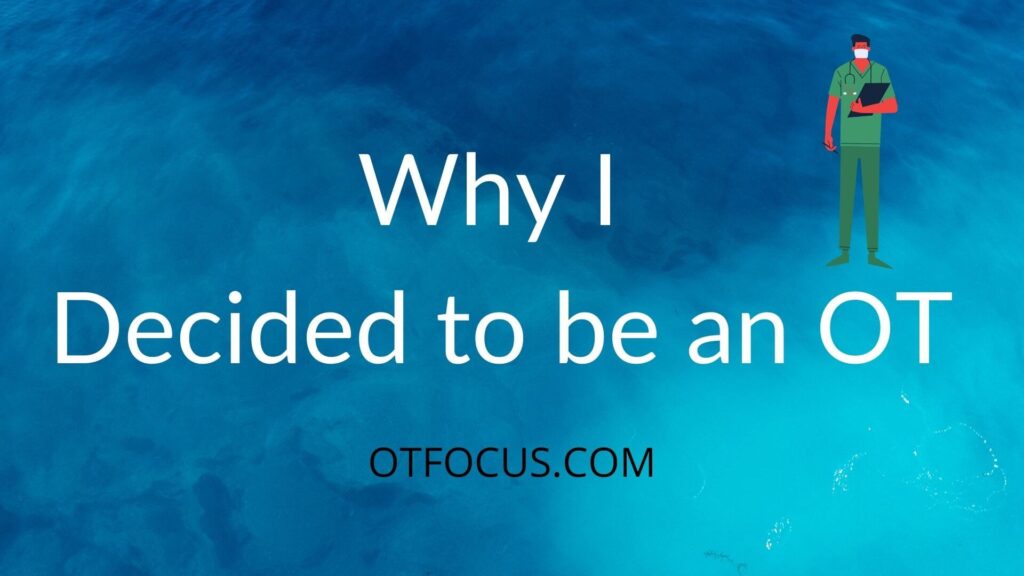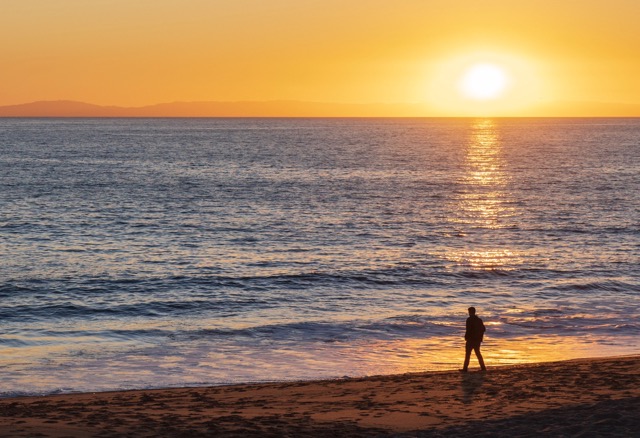If there’s any model that’s a perfect representation for occupational therapy, it’s the Kawa river model.
The Kawa river model isn’t just a model, it’s a narrative. It tells the story of our life.
The model takes a culturally sensitive approach to help us understand who we are, our life challenges, goals, and what is meaningful to us.
Today, I’ll explore the Kawa river model, ideas for interventions, and how we can think about the model differently.

What is the Kawa River Model?
The Kawa river model is a Japanese inspired occupational therapy model. It tells the simple story of our life with the metaphor of a river (Kawa).
At any stage in life, we can refer to the Kawa model to become more self aware of who we are, our challenges, goals, wants, and where we are going.
The river includes these 4 elements:
- River floor or walls (our environment)
- Rocks (our obstacles)
- Driftwood (our Beliefs, personality, or resources)
- The flow of the river (our life)

The Kawa (River)
The river is our life force. It’s who we are and who we will become. It’s constantly changing yet maintains a constant course. It’s also the story of us. It’s the story we know, and the story others may not see.
The river can be the occupations that bring meaning to our life and help us feel independent and free.
The River Floor
The river floor and walls are our environment and culture. This can include our family, coworkers, classmates, friends, or community. This also includes where we grew up or the places we have lived.
The river floor is how we have grown and developed from the people that raised or influenced us.
It also tells the story of our past and current environment. It may widen or narrow based on where we are in life.
The Rocks
The rocks are our obstacles in life. These represent our everyday challenges or the obstacles that continue to stay with us. The rocks may include our fears.
This may include the obstacles that cause us to feel shame, sadness, irritability, guilt, or pain. Rocks push us back and make it difficult for us to feel independent or free.
The Driftwood
The driftwood is our values, beliefs, spirituality, and resources. It can have a positive or negative effect on our life.
The driftwood can increase the river flow by removing rocks, or it can cause resistance when it gets stuck.
With time, some of the driftwood will go away, and new driftwood will appear.
The Kawa River Model as a treatment approach
Interventions for the Kawa model may be most beneficial in mental health settings. This may include patients experiencing
- Depression
- Trauma
- PTSD
- Stroke
- Pelvic floor weakness
- Stress
- Traumatic Brain Injury
- Loss of a loved one
- Other emotional distress
The model may also be used to help anyone who has experienced a major life change or be unable to return to their activities of daily living.
This might include patients who have recently had a stroke, amputation, major surgery, fall, or be unable to return to their daily occupations.
The Kawa river model may also be used to help people who aren’t patients in a hospital and who may need a vision or new life goals.
This may include
- Employees
- Communities
- Organizations
- Leaders
As a treatment approach, the Kawa model can be used to help us become more self aware of contexts and situations. As we become more aware, we can find ways to overcome our life challenges and find ways to increase our river flow.
Interventions for the Kawa River Model
Below are some activities that may be used when incorporating the Kawa model as an intervention.
Painting Activity with the Kawa model
One intervention idea is to have your clients paint their own Kawa River. As they paint the river, you can ask them to identify and discuss the rocks, driftwood, and river floor as it relates to their own river flow.
The act of painting can be meaningful to the patient or client by increasing their confidence and creativity.
Painting can also promote
- Motor planning
- Visual stimulation
- Tracking
- Self awareness
- Crossing midline
- Coping strategies
- Self esteem
Patients that might benefit from this painting activity may include pediatric or geriatric populations. This might include kids struggling with motor disorders, dyslexia, or mental health.
This may also include adults experiencing a stroke, depression, anxiety, pain, TBI, or low vision.
Painting the Kawa river would also be a great activity for group therapy.
The Kawa River as an approach to organizational problems
The Kawa river model can also be used in organizations to understand what changes need to happen to increase flow in the organization.
For example, you might teach the river model to employees or leaders and list the river, rocks, driftwood, and floor.
You may show a Kawa Model for each issue you want to address. The following models might be used in meetings to discuss:
- Productivity
- Communication
- Customer Service
- Company Growth
- Employee Morale
- Employee relations
Employers may use the Kawa model to better understand the river floor or culture of the company.
This may help a company create or reflect on the mission statement or vision for the organization. They can then discuss the rocks and driftwood to understand what will increase river flow.
The Kawa Model approach to improving relationships
Another way we can rethink the Kawa model is by understanding how it relates to us and our relationship with others.
The Kawa model can be used to help us become self aware of our relationship rocks, driftwood, and the floor that influences our river.
To learn more about building relationships see my other post on occupational therapy and conflict resolution.
Rethinking the Kawa Model
I love the river metaphor, but it’s specific to the Asian culture.
How can we create a metaphorical model that is culturally sensitive to our culture or the culture of others?
Using the Kawa model specific to occupation
To make the Kawa model more occupation based and client-centered we might create a model that’s more culturally sensitive or specific.
For example, if I was a rock climber or my passion in life was hiking or climbing I might use a model specific to that occupation.
The Mountain Model

The idea of the mountain model is specific to occupations that seek adventure or spend time in nature.
At the beginning of life, we are at the bottom of the mountain. As we hike and climb we experience new locations, scenery, people in our path, and obstacles to avoid. When we reach the top, our journey is over.
At times we are tethered to others in this life journey as we climb the steepest part.
Elements of this model include:
- The mountain (Our life)
- Scenery (Environmental changes)
- People on the Path (Relationships)
- The Rope (Values, beliefs, spirituality)
As we ascend our mountain we will experience changes in scenery and people on our path. This is our culture and environment that influences us.
When we reach the mountain we will encounter danger and risk. In order to climb safely, it is required to have a good rope, an anchor point, and a belayer. The climber must trust that the rope is in good condition and they must rely on the belayer for safety.
The climber is like us who experiences the trials in life, witnesses the beautiful views of the world, and experiences pain, fatigue, and fear as well as love and joy.
One moment the climber may feel relief from a difficult problem that was overcome. At another moment, they may fall and want to give up.
As we approach the top or near the end of life, we become the most fatigued and begin to reflect on the journey.
The mountain model is another way we can tailor a specific model to our occupational performance, environment, and social context.
What does your mountain look like?
The Moana Ocean Model
If I was Hawaiian or a Pacific Islander I could use a Moana ocean model.
I might think of the problems that affect the ocean such as internal and external factors. I might think of the ocean floor and sea life that depend on each other. I might also think of the tides and weather that cause destruction and balance to the ocean.
I think the Kawa model works great for the Japanese or asian culture, but what model inspires us?
We can also rethink the Kawa model by helping our clients create their own model that inspires them.
Conclusion
The Kawa river model is a unique and inspirational tool for discovering who we are, our challenges, and ambitions.
It may be helpful in self discovery, improving relationships with others, and organizational development.
As we rethink the Kawa river model and identify other cultural metaphors for specific people and occupations, we become more culturally sensitive to the people around us.
Taking this client-centered approach, we bridge the gap to help others find purpose and feel that their life is meaningful.
I hope you found this helpful. For more OT tips consider subscribing below.

David is the lead editor of OT Focus. He has been practicing as an Occupational Therapist since 2013. He specializes in acute care, hand therapy, and ergonomics.




